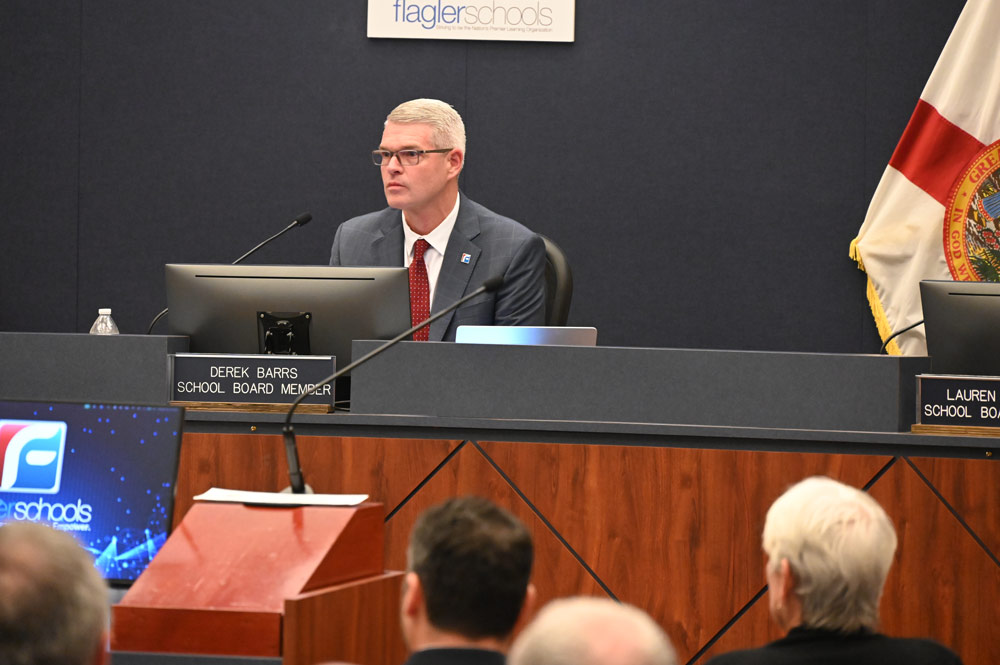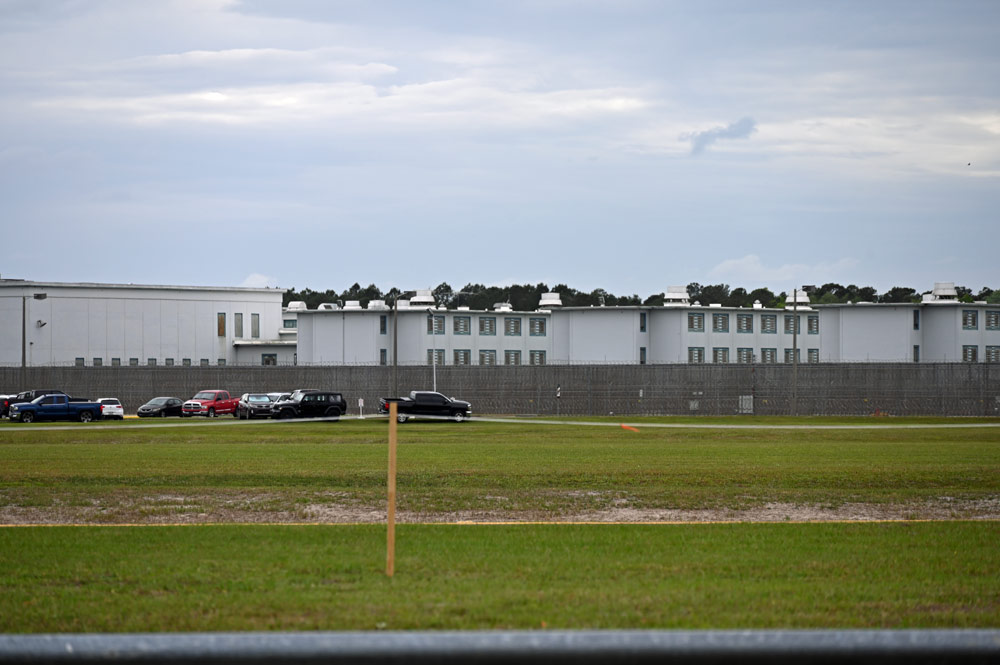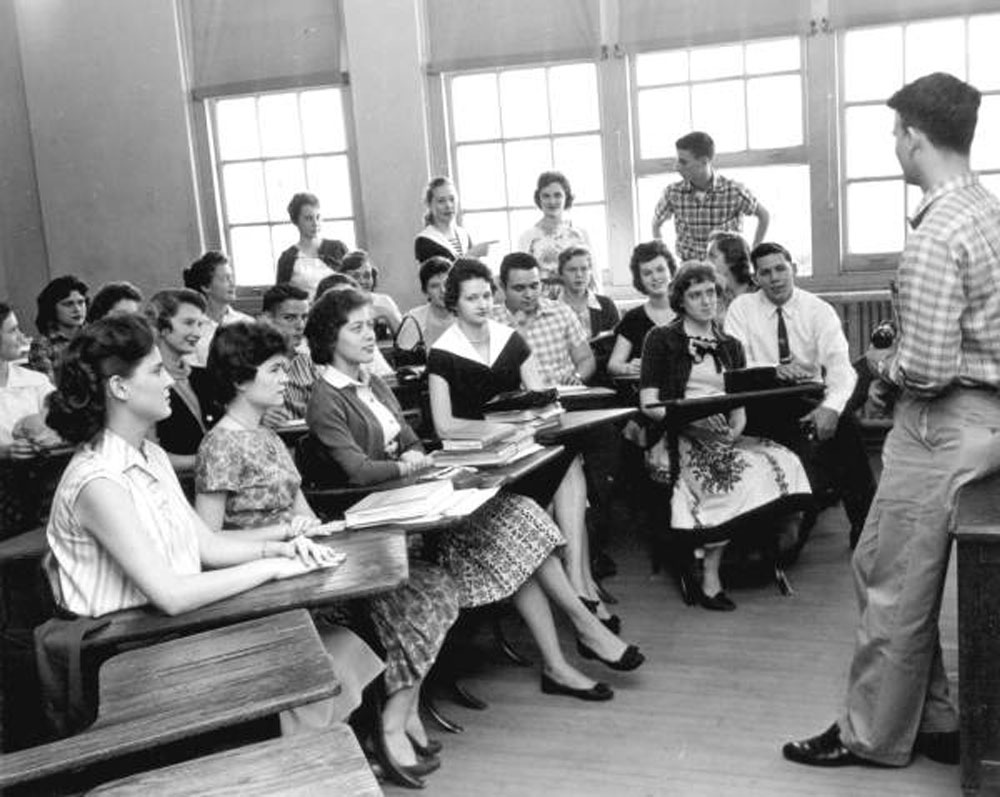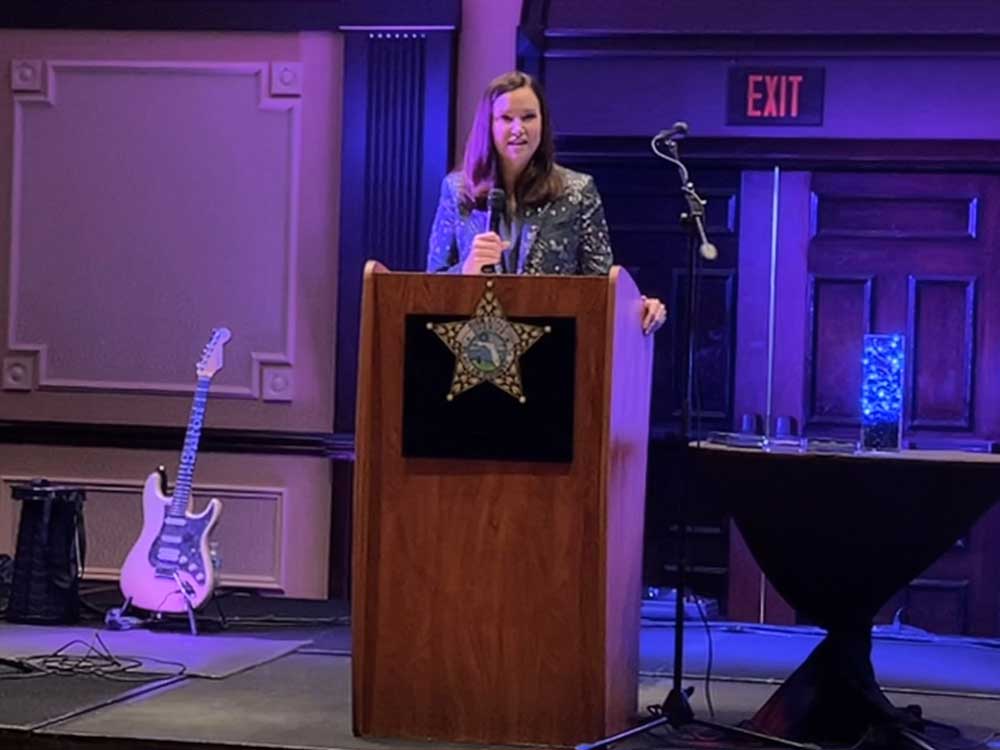As enrollment declines, more students are leaving the system for homeschooling or private education funded by public funds, which puts a strain on the Flagler County school district’s finances. As a result, the district may rely on less state funding. More pupils leaving could result from more constrained resources, which would further cut into the amount of state funding that the district receives.
John Cerra of the Cerra Consulting Group, the school district’s legislative consultant, told the School Board on Tuesday that it will be very difficult for the board to continue creating their budget going forward due to the ongoing loss of students to school choice options.
While the statewide education budget increased 1.69 percent, or $945 million, this year, public school districts across the state lost a total of 1 percent of pupils. The increase is equivalent to 1.59 percent per student, with Flagler receiving a 2.36 percent boost.
However, the majority of that funding will not reach local districts. During a workshop, Cerra informed the board that the majority of that increase was contained within the vouchers. Many of those monies won’t be there for us to spend. The recently concluded legislative sessions preserved full financing for acceleration programs like the Cambridge AICE program, Advanced Placement, and the International Baccalaureate, which is a rare bright light.
However, it left school safety and mental health spending flat, which effectively results in a decrease in those amounts as districts’ purchasing power declines. Flagler schools and other districts are facing impending deficits and decisions.
School Board member Derek Barrs stated, “It’s not like this is a shock to anyone that’s in this room of where we are.” We might be in much worse shape. However, we’re not in very good shape. The harsh realities are that we will still need to make some difficult choices in the future. And I believe that everyone in this room, as well as those listening, needs to realize that.
Barrs stated that the district is left with no option but to persuade the community that, in the world of school choice, this truly lays the groundwork for us to distinguish ourselves as the greatest option.
Approximately 2,000 local students are enrolled in the voucher system, according to Flagler district officials, but many of them were never enrolled in public schools in the first place. However, the percentage of pupils switching from public schools to voucher programs is rising. The population of Flagler County schools has not grown in 18 years, despite the county’s population growing by almost 33% during that time. When the new school year starts in August, the district anticipates a net drop of 432 pupils, or a 3 percent decrease.
Nevertheless, Superintendent LaShakia Moore made an effort to provide a more optimistic picture of the district’s future. She stated that we must continue to be the greatest option for the more than 13,000 students and their families who have chosen us.
According to Cerra, there are numerous issues that will prevent the 2.36 percent increase in state financing for Flagler schools from being a real one. With only $1.9 million in new revenue, the legislature is forcing Flagler schools to spend an extra $2.2 million on state obligations. For a district that must close a $2.5 million shortfall at the end of the current fiscal year, that results in a $300,000 deficit.
According to Cerra’s presentation, Flagler Schools does not have the additional $3.5 million needed for other local commitments for the upcoming year, such as projected raises and health insurance hikes.
Regarding Flagler schools, Cerra stated, “We are having our own issue.” Other districts are struggling more with the new budget scenario and vouchers.
The voucher program’s accountability is one of those problems. Data is desperately needed by districts to make sure parents aren’t taking advantage of the about $8,000 per student annually offered by the voucher program while simultaneously sending their kids to public schools. This year, lawmakers were expected to address it. To make sure that families aren’t taking advantage of others, the state Department of Education must submit calculations. The bill was expected to include this. Regretfully, the final negotiations did not proceed, according to Cerrera.LaShakia Moore, the superintendent of Flagler Schools, stated earlier this year that the amount of money given to families as vouchers and the amount withheld from districts varies by $48 million. According to her, that number demonstrates the double-dipping.
Additional difficulties: According to Cerra, it was intriguing that there were no increases for safe schools or the funding for mental health, given this is the first time in roughly eight years that there have been none.
The Flagler County Sheriff’s officers in each of the district’s nine schools—two at each of the high schools—are paid for in part by the Safe Schools program. The other half is covered by the County Commission. The school district will have to cover the extra expenses because those expenditures rise annually.
In reference to Phoenix Ikner, the 20-year-old son of a police officer, who shot and killed two people and injured six more on campus in mid-April, Cerra stated, “We had an unfortunate incident at the Florida State University.””You would have thought that these increases would have gone up because of the need for safe-school funding and mental health,” Cerra added.
The budget is already under pressure due to rising Florida Retirement System costs and impending worker raises.
According to the experts, certain hopes for projects that would have benefited the area were shattered by the just concluded legislative session. Bob Cerra told the board, “John and I were disappointed about the outcome with rural Renaissance,” referring to a unanimously approved Senate proposal to enhance economic growth, transportation, education, and health care in counties like Flagler. There were some genuine chances that would have aided the district in budgeting and offered chances to advance some of our most important concerns. I do think that next year’s Senate president will reinstate that.
Ultimately, lawmakers passed a budget that did little to improve education. The only tax relief was the removal of the rent tax that enterprises must pay. Over the years, the legislature has already lowered the tax from the standard 6 percent to 2 percent.
Additionally, the bill establishes a sales tax holiday for school supplies that lasts for the entire month of August. Personal computers and accessories that cost $1,500 or less, school supplies that cost $50 or less, clothing that costs $100 or less, and the school district’s own half-penny sales tax are all excluded from the suspension.
Batteries, smoke detectors, fire extinguishers, portable generators, bicycle helmets, sunscreen, and insect repellent are just a few of the many items that have been added to the list of permanent exclusions from the sales tax. For unknown reasons, lawmakers also exempted sales of gold, silver, and platinum bullion from the sales tax.
![]()











